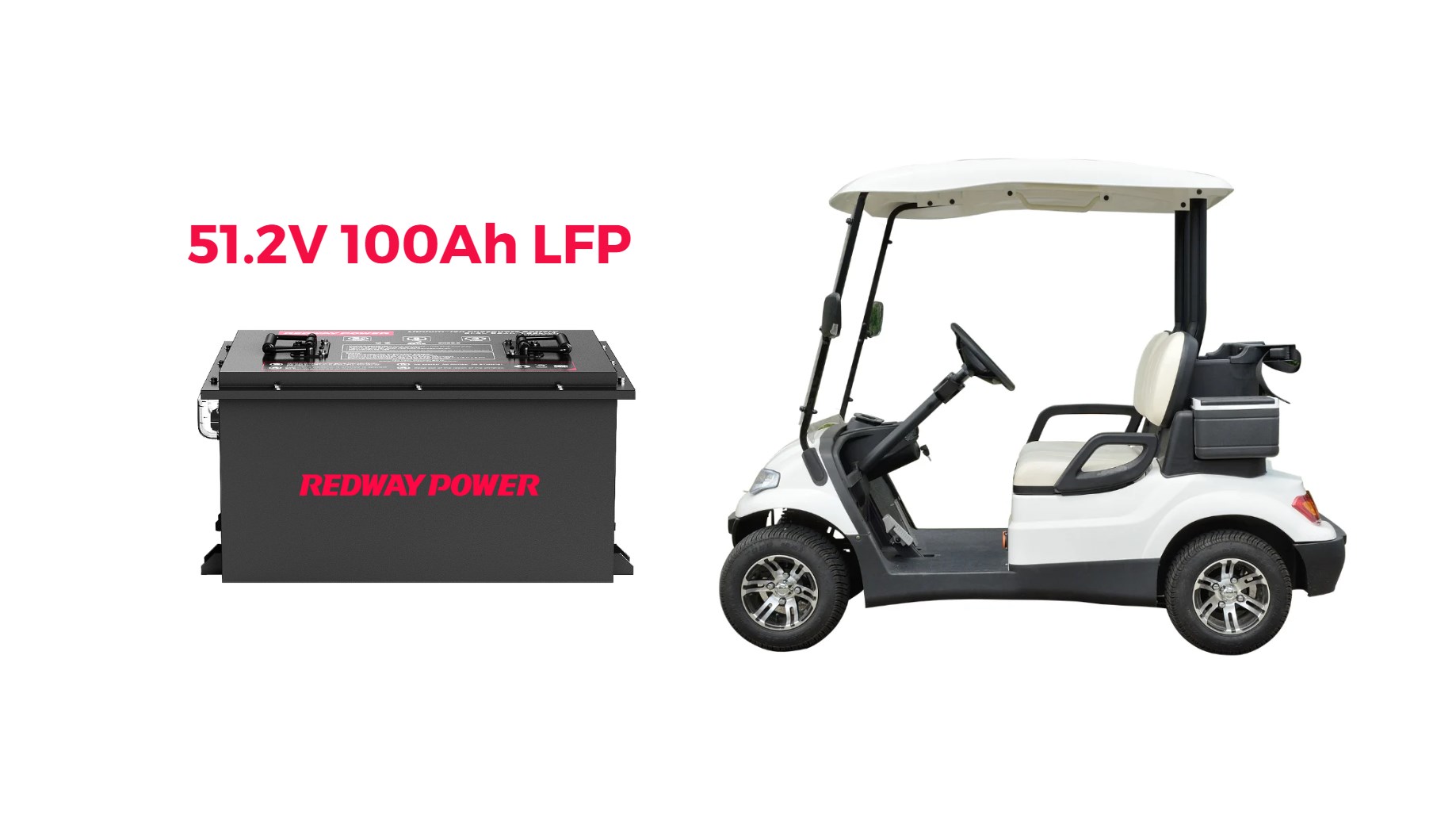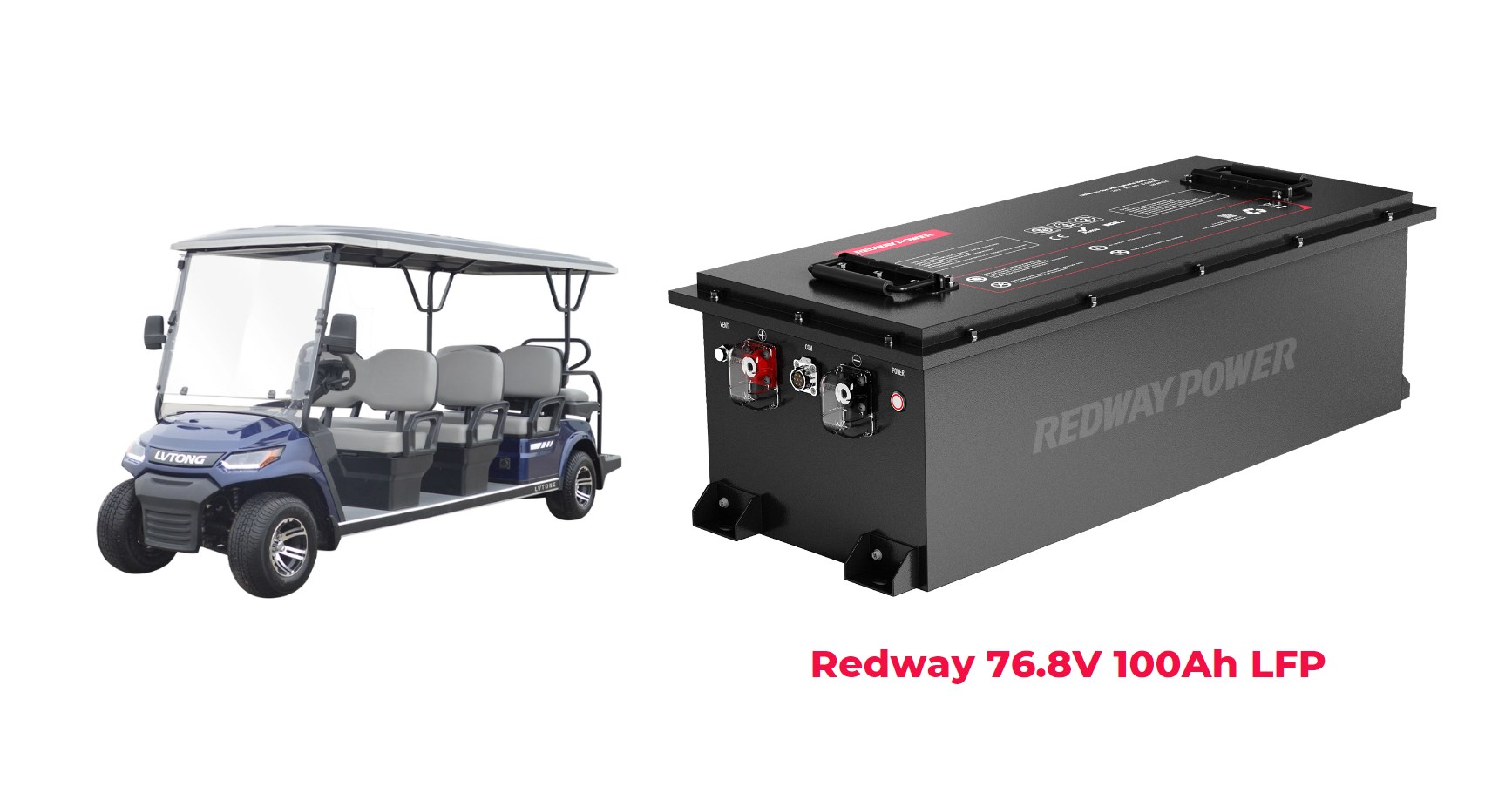LiFePO4 golf cart batteries generally require a higher initial investment than traditional lead-acid batteries, typically ranging from $800 to $2,000 or more. However, their longevity and reduced maintenance needs can result in significant long-term savings, making them a more economical choice over time.
What Is the Initial Investment for LiFePO4 Golf Cart Batteries?
The initial investment for LiFePO4 golf cart batteries usually falls between $800 and $2,000, depending on factors such as capacity and brand features. While this cost is higher than that of lead-acid batteries, which generally range from $500 to $1,500, the benefits often outweigh the initial expense.
How Do Maintenance Costs Compare Between Battery Types?
Maintenance costs for LiFePO4 batteries are significantly lower than those for lead-acid batteries. Lead-acid batteries require regular watering, equalization charges, and periodic replacements every 2-5 years, while LiFePO4 batteries typically require minimal maintenance and can last up to 10 years or more.
What Are the Long-Term Financial Benefits of LiFePO4 Batteries?
The long-term financial benefits of LiFePO4 batteries include lower replacement costs and reduced maintenance expenses. With lifespans of up to 10 years or more, they provide better value compared to lead-acid batteries, which need frequent replacements.
Long-term financial benefits of using LiFePO4 batteries include:
- Reduced Replacement Frequency: With lifespans exceeding 5 years compared to 2-3 years for lead-acid.
- Lower Energy Costs: Higher charging efficiency reduces electricity bills.
- Less Downtime: Faster charging times mean less waiting around between uses.
Know More:
What Are the Cost Considerations for LiFePO4 Golf Cart Batteries?
What Is the Initial Investment for LiFePO4 Golf Cart Batteries?
How Do Long-Term Savings Compare to Upfront Costs of LiFePO4 Golf Cart Batteries?
What Factors Influence the Return on Investment for LiFePO4 Batteries?
How Does Battery Performance Impact Overall Investment?
Battery performance directly influences overall investment; higher performance translates into better efficiency and longer usage periods between charges. LiFePO4 batteries provide consistent power output throughout their discharge cycle, ensuring optimal performance in various conditions without significant drops in voltage.
How Do LiFePO4 Batteries Compare to Lead-Acid in Terms of Cost?
While lead-acid batteries may have a lower upfront cost, their shorter lifespan often leads to higher total costs over time due to frequent replacements and maintenance needs. In contrast, although LiFePO4 batteries have a higher initial price tag, their longevity and efficiency make them more cost-effective in the long run.
What Factors Influence the Pricing of LiFePO4 Batteries?
The pricing of LiFePO4 batteries is influenced by factors such as battery capacity, brand reputation, raw material costs, and additional features like battery management systems. Higher quality materials and advanced technology can also increase prices.
Several factors influence the pricing of LiFePO4 batteries:
- Capacity: Higher capacity typically results in higher costs.
- Brand Reputation: Well-known brands may charge more due to perceived reliability.
- Features: Additional features like built-in battery management systems can increase costs.
Expert Views:
“Investing in LiFePO4 technology reflects both immediate and long-term financial wisdom,” states an expert from Redway. “While they require a higher initial investment, their durability and low maintenance needs result in substantial savings over time.”
Conclusion
In summary, while the upfront costs of LiFePO4 golf cart batteries are higher than traditional lead-acid options, their long-term savings through reduced maintenance and extended lifespan make them a wise investment choice. Understanding these financial dynamics helps consumers make informed decisions about battery purchases.
FAQ Section
- What is the typical cost range for LiFePO4 golf cart batteries?
LiFePO4 golf cart batteries typically range from $800 to $2,000 or more based on capacity and brand. - Are there long-term savings associated with using LiFePO4 batteries?
Yes, due to their longer lifespan and lower maintenance needs, users can save money over time compared to lead-acid batteries. - How do installation costs affect my overall investment?
Installation costs can vary; including these in your total investment is essential when switching battery types.





